Foundling Museum
Museum dedicated to the UK's first charity for abandoned children, with keepsakes of the mothers who left them behind.
When mothers left their babies in the care of the Foundling Hospital — a home for abandoned children — many entrusted a poem, piece of jewelry, coin, or button as a little sign of which child was theirs for if they ever returned. Yet as the number of them on display in the Foundling Museum attests, many of these 18th-century mothers never made it back.
18th century London was hard on both orphaned children and women who were unable to afford their children care, so philanthropist Thomas Coram set up the UK’s first charity for abandoned children. While the original building from the 1740s is no longer standing — having been torn down in the 1920s — the current Foundling Museum was built in its place. It contains many relics of that influential hospital, including uniforms, logbooks, school exercises, and other artifacts. There are also preserved rooms like the rococo Court Room where the hospital’s Court of Governors convened, as well as the Committee Room where mothers were interviewed before they gave their children over to the hospital’s care.
The Foundling Hospital’s benefactors included high profile artist William Hogarth, who donated many works of art to the hospital, and composer George Frideric Handel. Thus the museum has an impressive art collection, as well as the world’s most significant private collection of memorabilia related to Handel.

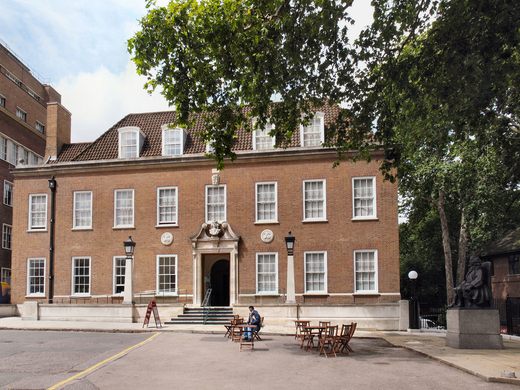
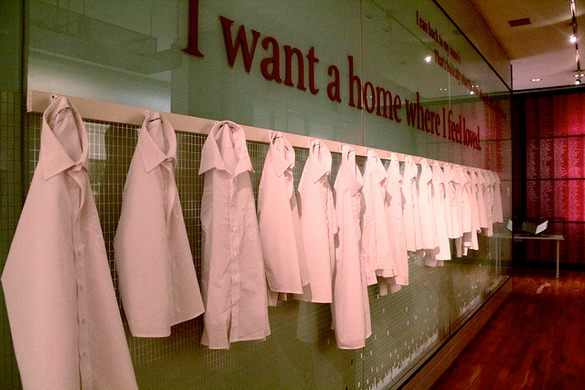
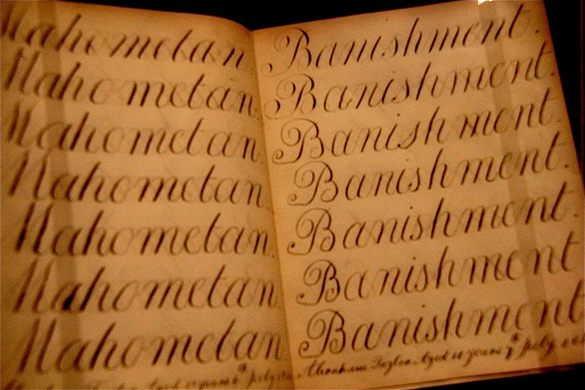
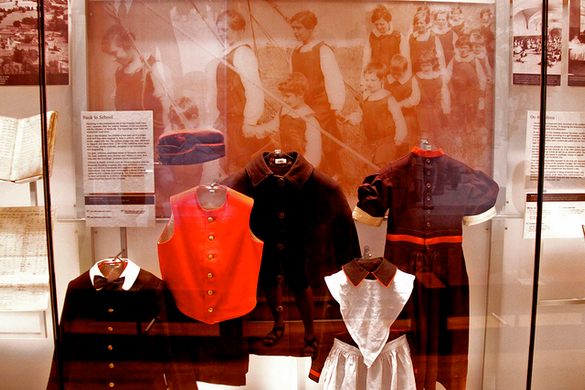
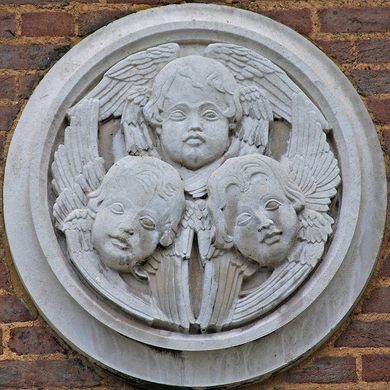
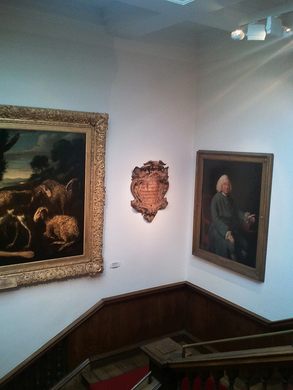
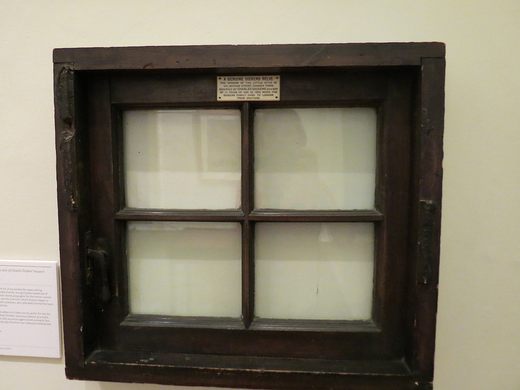

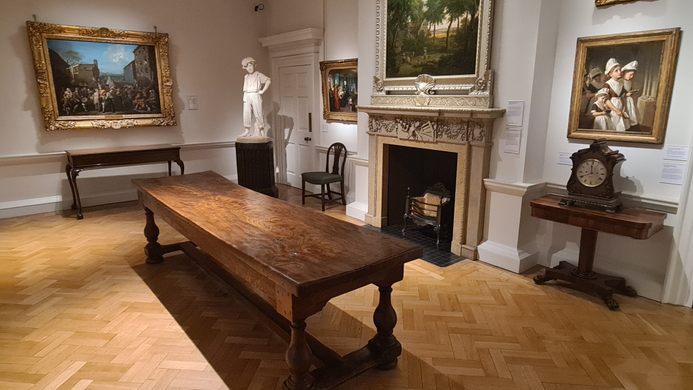



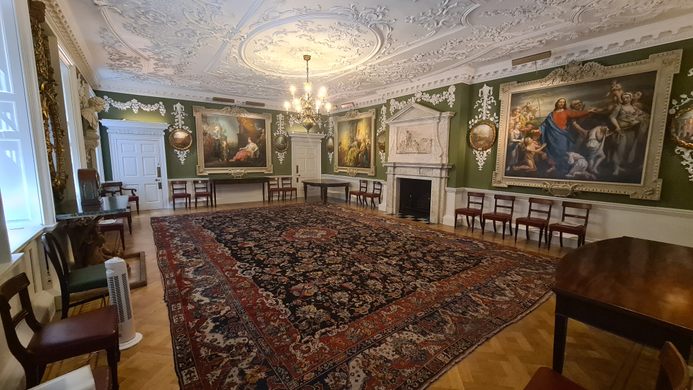
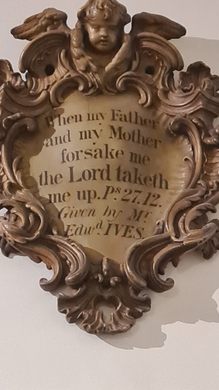
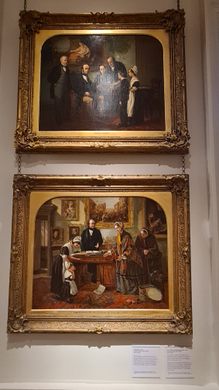












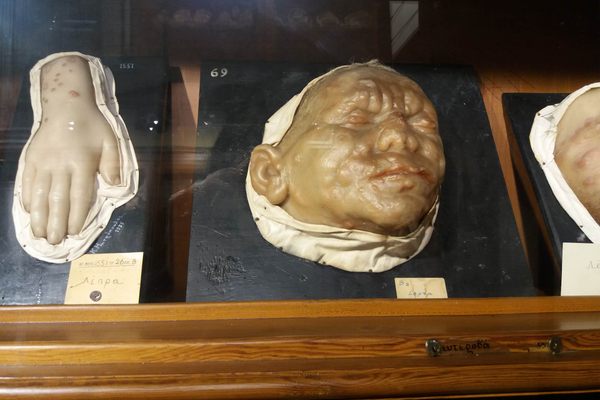

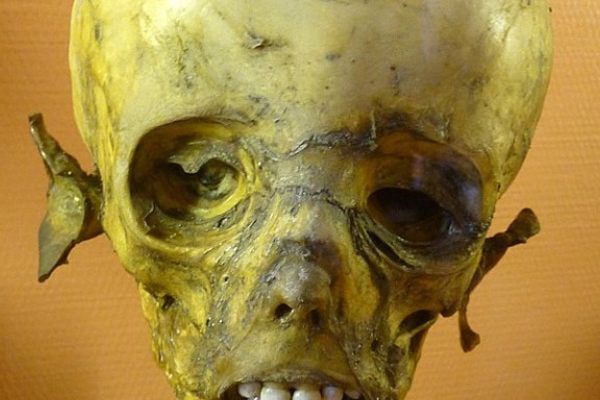

Follow us on Twitter to get the latest on the world's hidden wonders.
Like us on Facebook to get the latest on the world's hidden wonders.
Follow us on Twitter Like us on Facebook